WNBA Expansion: Thoughts on the Golden State Valkyries' Draft
With one expansion draft in the books, a look at what it could tell us about Portland's team starting in 2026.

Last week, we got a glimpse of what the first phase of building the roster for Portland’s still-unnamed WNBA team could look like a year from now.
The Golden State Valkyries, who are set to debut this coming May, held their expansion draft on Friday, selecting the rights for 11 players from the 12 existing WNBA teams.
Not all 11 of those players will be on the roster this coming season. Some of them are international players or draft prospects and the Valkyries just drafted their rights. Others are impending free agents. With free agency starting in January and the WNBA Draft coming up in April after the college season, this was just phase one of the building of their first-ever roster.

Since Portland getting a team became a serious possibility, and especially in the months since the official announcement in September that the Bhathal family’s bid had been accepted, I’ve been very closely following the rollout of the two other expansion teams that are ahead of them in the process, the Valkyries and the newly named Toronto Tempo. The entire process of starting a team from scratch is fascinating to me, and since I plan to cover Portland’s WNBA team along with the Trail Blazers once it actually gets up and running, there’s a lot we can learn about the next year from how the other two teams get unveiled.
I watched Friday’s expansion draft broadcast and have spent the past few days reading and watching a lot of the post-draft coverage from outlets and reporters that cover the league full-time. Here are some things I’ve found interesting about how the draft unfolded, and some things I think it can teach us about what it’s going to look like when Portland starts building out its organization and roster.
Leaks and secrecy
A few months ago when the rules of the expansion draft were announced, there was one controversial wrinkle: the lists of six players each of the 12 teams were allowed to protect would not be publicized.
We haven’t heard directly from WNBA commissioner Cathy Engelbert as to why they made this decision, but it doesn’t make much sense. The best justification I can think of is that they wanted to protect the feelings of players who were left to be taken, but these are professional athletes and adults. They can handle it. I would be shocked if, in a few years when the NBA holds an expansion draft for Seattle and Las Vegas, the list of protected players isn’t made public. There’s no good reason not to.
Not knowing who the Valkyries had to choose from also made it hard to grade how they came away. Leading into the draft, most of the media outlets that cover the league did some version of the “This is who we think they should draft” story. They were all working off of nothing more than their best guess as to who was available. More complete information leads to better analysis of this stuff.
Given that the protected player list wasn’t made public in an official capacity, I’m a little shocked it hasn’t leaked. Valkyries GM Ohemaa Nyanin said in her post-draft press conference that she and her staff got the full list of protected players on Nov. 25, 11 days before they made their selections. It’s now been almost a week since the expansion draft took place and we haven’t even gotten any after-the-fact leaks about which players were and weren’t left unprotected and why (I’d love to know, for example, why the Fever decided not to protect Temi Fagbenle).
If—if—the NBA decided not to release their lists in an expansion draft, you can bet the entire thing would leak anyway. Somebody’s agent would leak it to a reporter in retaliation for one of their players being left unprotected, or a GM would want to do damage control about why they didn’t protect somebody.
What did leak before the draft? A couple of the names the Valkyries were going to select. A few hours before the draft, The Athletic reported that Kate Martin of the Las Vegas Aces and Kayla Thornton of the New York Liberty were set to become Valkyries. It’s a little surprising that those two names leaked but the entire list didn’t. (Personally, I’m fine with the list not leaking before the broadcast, as someone who gets annoyed when NBA newsbreakers spoil draft picks a few minutes ahead of time.)
It’s a little easier for things to leak out early when it’s just one team picking from a list of players; next year, when Portland and Toronto are picking their teams at the same time, there will be a lot more real-time strategy involved. It should be much better television than the Valkyries’ draft was, although I did enjoy E-40’s pronunciation of “Temi Fagbenle” when he was the celebrity guest reading her name on the podium.
No trades…yet
One thing the expansion draft lacked was trades. In other expansion drafts (like the last two in the NHL), some teams traded future draft capital to the new teams in return for agreeing not to select one of the players they left unprotected. If I were running an expansion team, unless I absolutely loved the player, I’d try to squeeze a few extra draft picks out of the existing teams.
This is going to be especially interesting and fun next year, when there are two teams drafting against each other. Will a team that wants to keep more than their six players offer picks to both Portland and Toronto to not take someone? Are they willing to risk making a deal with one team and feel confident the other isn’t interested in the player? Do the two expansion teams trade with each other if one of them selects someone the other wanted?
Major professional sports leagues don’t expand very often, so there aren’t too many recent examples we can point to. The last time one of the “big four” men’s sports leagues had two teams start in the same year was 1998, when Major League Baseball saw the Tampa Bay Devil Rays and Arizona Diamondbacks debut together. All of the expansions this century in the NFL (the Houston Texans in 2002), NBA (the Charlotte Bobcats in 2004) and NHL (the Vegas Golden Knights in 2017 and Seattle Kraken in 2021) were all single-team expansions. There’s going to be some fun gamesmanship next year for Portland and Toronto.
Flexibility for free agency
Out of the 11 players the Valkyries selected on Friday, only three of them (Martin, Thornton and Stephanie Talbot) are under contract for next season; the rest are free agents or international players they now have negotiating rights with. This leaves them with $1.2 million in cap space ahead of free agency, which starts next month.
That would suggest the Valkyries might be looking to make a splash right away and land a star that way. One of my favorite WNBA podcasts, No Cap Space (which also has a Substack you should subscribe to), engaged in some reckless speculation today that they could attempt to make a run at Satou Sabally or Kelsey Plum in free agency, which would certainly be one way for a brand-new team to become a player right away. When the expansion team was announced in the fall of 2023, owner Joe Lacob promised a title within the first five years, echoing the same promise he made when he first bought the Warriors in 2010 (which he delivered on). This is one way to go about that.
My friend Sabreena Merchant at The Athletic (who does great work) made a good point in her post-draft story that targeting veterans in the expansion draft, as the Valkyries did, might actually be the smartest way for a new team to operate, because it helps send a message to free agents that the organization is interested in winning and they won’t be signing up for multiple years of tanking.
I wonder if Portland and Toronto will take that approach or decide to build more through the draft and take a patient, longer-term approach. If the new CBA doesn’t alter the eligibility rules and Juju Watkins is the prize of the 2027 lottery rather than being allowed to come out in 2026, that probably changes the calculus.
Speaking of: it’s tough to project too much about 2026 because the WNBA’s collective bargaining agreement runs out after the 2025 season and the league and player’s union hope to have a new deal in place by then. Higher salaries and other personal benefits will be at the top of the list of things players will push for (and should get, with the league’s massive new TV rights deal kicking in after next season). But there will likely be changes to the rules about roster-building, as there usually are in a new CBA, and those will apply to Portland and Toronto along with every other team.
It’s also expected that most free agents in the WNBA will look to sign one-year deals this year, so they can hit the market again next year when the new CBA kicks in. So Portland could have a lot of options. It’s on the Bhathals between now and then to make their new team an attractive situation for players.
Draft order for Portland and Toronto
The league has already announced that the Valkyries will get the No. 5 overall pick—as well as the fifth pick in the second and third rounds—in the WNBA Draft in April, behind the four lottery teams and ahead of the eight playoff teams. It’s a safe assumption that Toronto and Portland will also be slotted there, at the sixth and seventh picks, next year.
What will be interesting, in an expansion draft with two teams instead of one, is how they determine which of them gets to pick first, both in the expansion draft and in the regular draft. Golden State’s draft expansion was a straightforward process, given that they're the only team starting up next season. They were given the list of names each team was protecting and made their picks, which were announced on TV. They didn’t have to compete with another team for those players.
We won’t learn how it’s going to work for Portland and Toronto until next fall, but here’s what I think would make the most sense: the two teams flip a coin, and the winner gets to choose which of the two drafts they want the first pick in. So if Portland wins, they can either have the first pick in the expansion draft of players unprotected by the existing 13 teams, or the No. 6 overall pick in the 2026 WNBA Draft. It would be similar to how the team that wins the coin toss at the beginning of a football game gets to choose whether they get the ball to start the first half or the second half.
That seems like the most fair way to do it in a year when two teams are coming in at the same time.
Next steps for Portland
The launch of Portland’s expansion team is still very much in its infancy. Forget players—they still don’t have a name, logo or uniforms, or any dedicated staff.
Right now, there’s no timeline for any of that, but the rollout of the other two expansion teams could give some clues. The WNBA announced the Golden State expansion team in October of 2023 and unveiled the Valkyries name and logo in May. That announcement came a couple of weeks after the Toronto expansion team was officially announced earlier in May, and they unveiled the Tempo name and logo just last week. In both cases, that’s about seven months between the city being awarded a team and the new team revealing their name and logo.
With Portland’s team being announced this past September, it’s reasonable to expect the name and logo could be unveiled sometime around March or April. The first two team name announcements have been timed to other big events in the WNBA news cycle—the Valkyries were announced during opening week of last season, and the Tempo announcement was timed around last week’s Valkyries expansion draft. So the upcoming WNBA Draft in mid-April seems like a realistic ballpark of a time for Portland’s name, logo and branding to be announced.
(On that topic: I have no inside information on what the Portland name is going to be, although I’ve heard they’re planning to pick a brand-new name rather than resurrecting the Fire. But if anyone does have that info, it would be a better move to leak it to me than to let the league accidentally spoil it by prematurely putting it in a drop-down menu on their website like they did with the Tempo.)
The Bhathals have yet to announce any WNBA-specific hires. RAJ Sports, their investment firm that owns both the Thorns and the WNBA team, made two executive-level hires in October, naming Mike Whitehead managing director and former Thorns GM Karina LeBlanc executive vice president of strategic growth development. But they still haven’t hired anyone for the top day-to-day decision-making roles for the WNBA team.
The Bhathals’ first hire for the WNBA team has to be a team president. That person will oversee the process of naming the team, landing corporate sponsors and figuring out plans for a practice facility, among other things. The president will also lead the search for a general manager, who will then build out a front-office staff and hire a coaching staff in time for their own expansion draft in a year.
There’s no defined timetable for hiring a president, but the Bhathals are conducting a search as we speak. And now that the Valkyries’ expansion draft is in the books and they’re six months away from playing their first season, the Portland team has a good blueprint of what their next 12 months will look like.
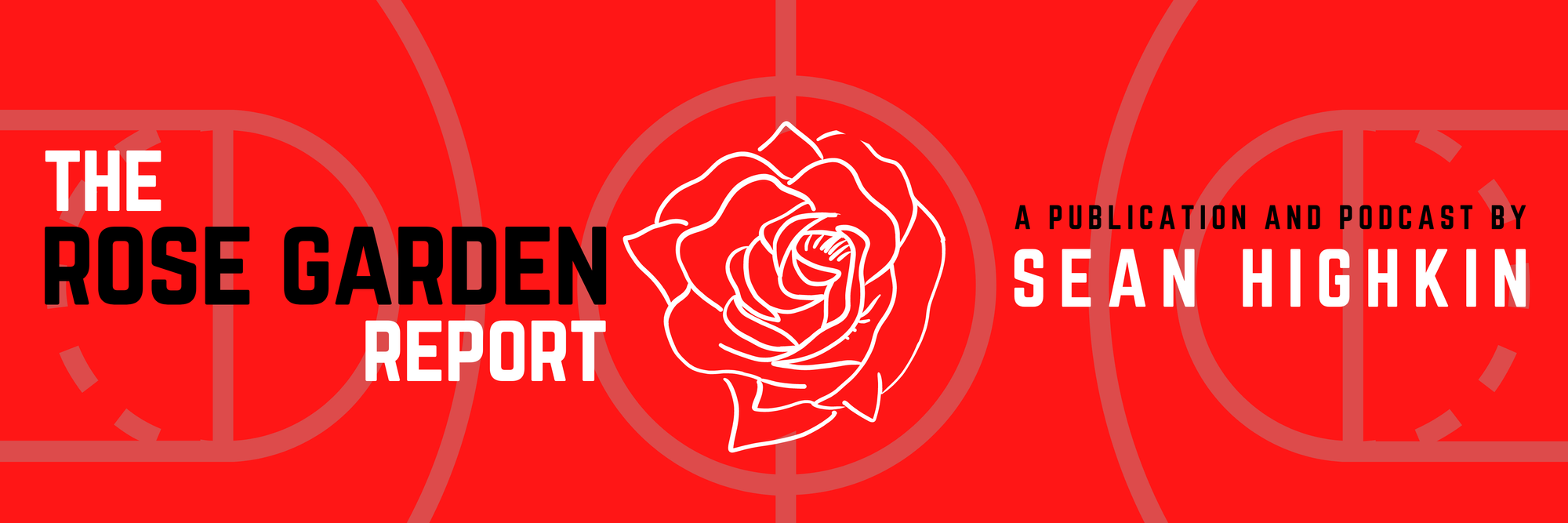
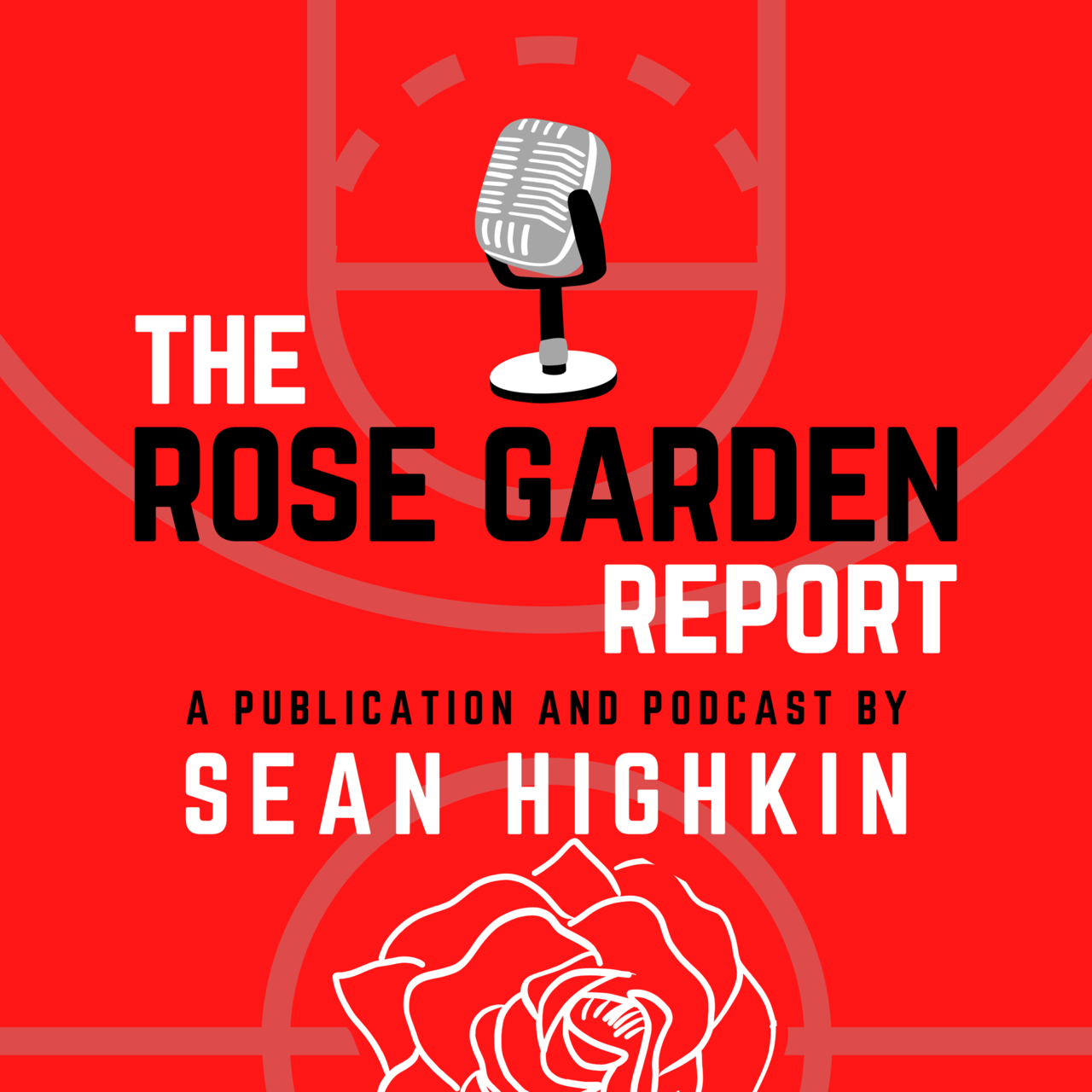
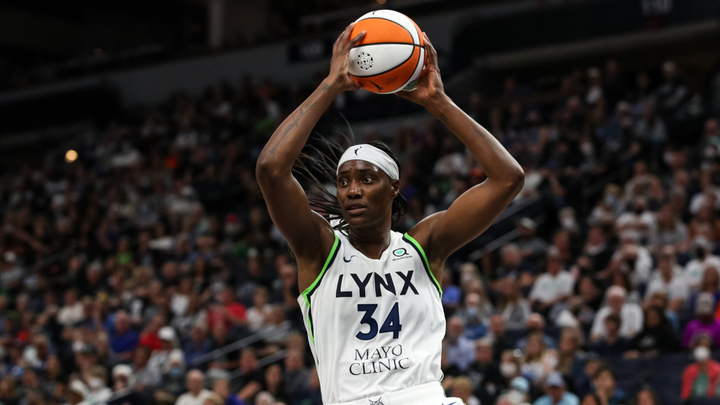
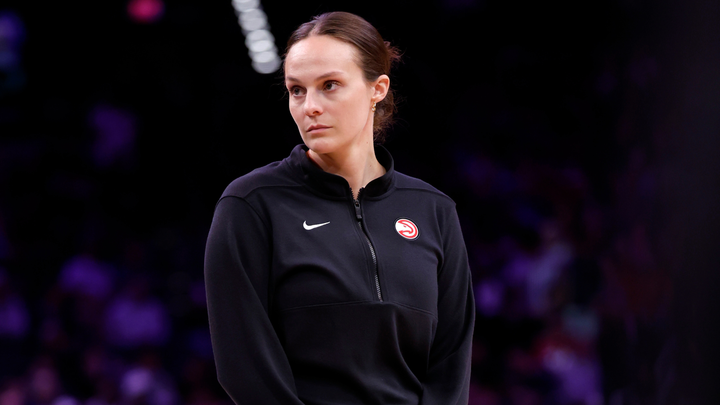
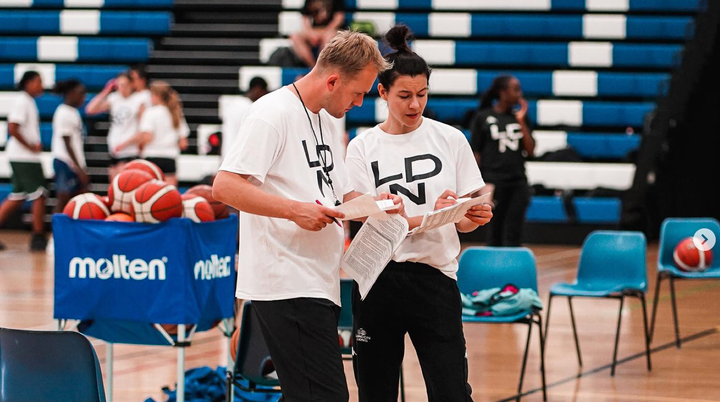
Comments ()